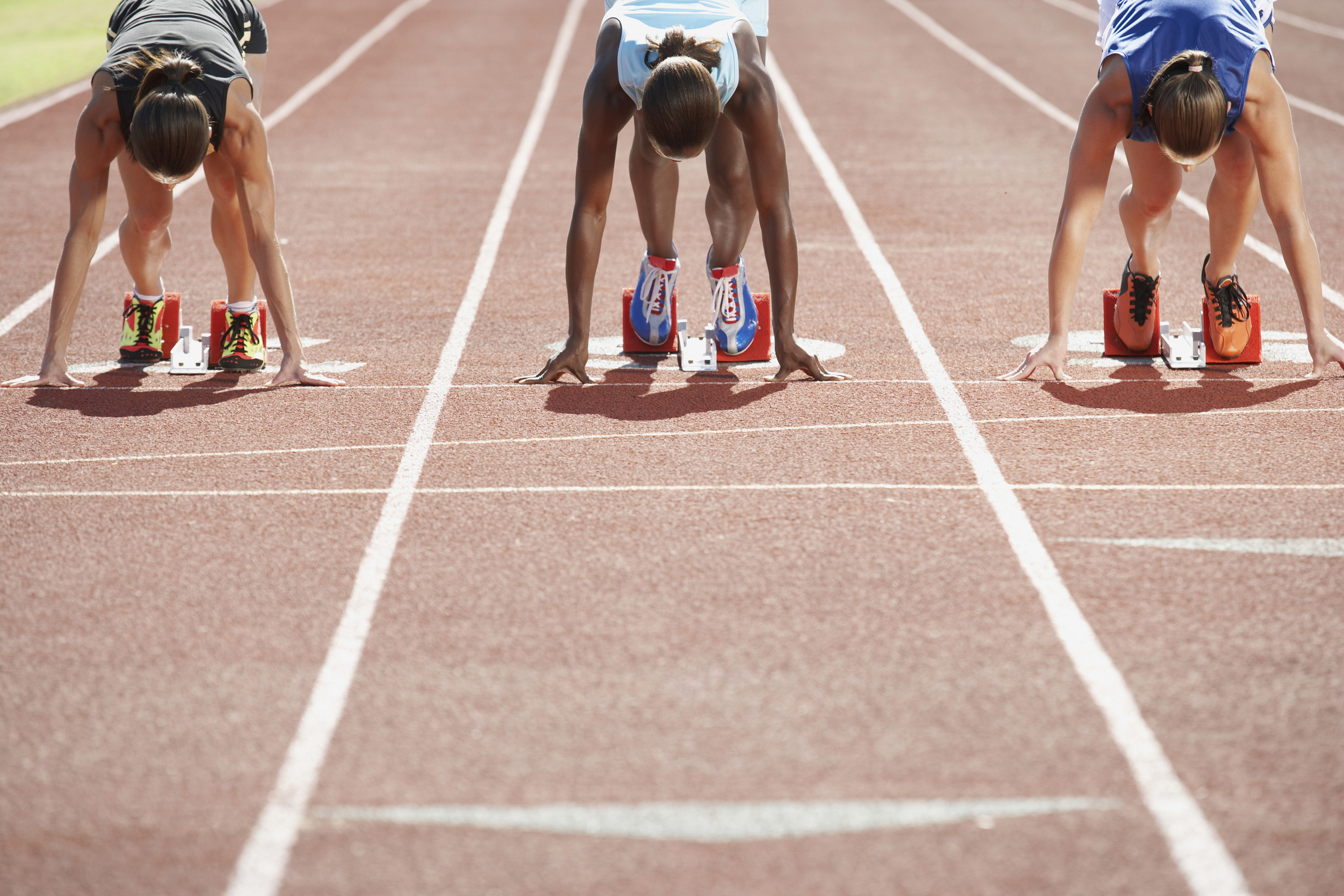The decathlon is often described as the ultimate test of athletic versatility. Combining ten events over two days, it demands speed, strength, endurance, and agility. Olympic decathlon champions are a rare breed of athletes who excel across multiple disciplines, showcasing their unparalleled talent and determination. This blog profiles some of the greatest decathlon champions in Olympic history, analyzing their training regimens, key performances, and what makes the decathlon such a unique challenge in track and field.
The Unique Challenge of the Decathlon
The decathlon consists of ten events: 100 meters, long jump, shot put, high jump, 400 meters, 110-meter hurdles, discus throw, pole vault, javelin throw, and 1500 meters. This diverse range of activities tests every aspect of an athlete’s physical and mental capabilities. Competing in the decathlon requires mastering both explosive power and sustained endurance, making it one of the most demanding events in athletics.
Jim Thorpe: The Pioneer
Jim Thorpe, a Native American athlete, is considered one of the greatest athletes of all time. He won the first Olympic decathlon in 1912 in Stockholm. Thorpe’s victory was remarkable not only because he excelled in various events but also because of his limited training and the era’s primitive equipment.
Training and Performance
Thorpe’s training was far from the specialized regimens seen today. He relied on natural talent and general athletic prowess. Despite these limitations, he dominated the competition, winning by a wide margin and setting a standard for future decathletes.
Bruce Jenner: The Icon
Bruce Jenner, now known as Caitlyn Jenner, captured the world’s attention with a stunning decathlon victory at the 1976 Montreal Olympics. Jenner’s performance set a new world record and earned the title of “world’s greatest athlete.”
Training Regimen
Jenner’s training was intense and methodical. Focusing on building strength, speed, and technique across all ten events, Jenner’s regimen included grueling workouts, specialized drills, and strategic rest periods to optimize performance. This comprehensive approach paid off, culminating in a record-breaking total of 8,634 points.
Key Performance
Jenner’s consistency across all events was key to victory. Highlights included strong showings in the 100 meters, pole vault, and javelin throw. This balanced excellence demonstrated the importance of being well-rounded in the decathlon.
Daley Thompson: The Dominator
Daley Thompson of Great Britain is another legendary figure in decathlon history. He won gold medals at both the 1980 Moscow Olympics and the 1984 Los Angeles Olympics, becoming one of the most successful decathletes ever.
Training Approach
Thompson’s training was known for its intensity and discipline. He focused on perfecting techniques and maintaining peak physical condition. His regimen included running, jumping, throwing, and lifting, with an emphasis on mental toughness.

Key Moments
Thompson’s performances were characterized by his resilience and competitive spirit. In Los Angeles, he overcame strong competition and adverse conditions to defend his title successfully. His dominance in events like the 400 meters and pole vault helped secure his victories.
Jackie Joyner-Kersee: The Trailblazer
Although primarily known for her success in the heptathlon, Jackie Joyner-Kersee’s influence on multi-event competitions is undeniable. She won Olympic gold medals in the heptathlon in 1988 and 1992, showcasing similar versatility required in the decathlon.
Training Philosophy
Joyner-Kersee’s training emphasized versatility and balance. She worked on developing strength, speed, and endurance, along with technical skills for jumping and throwing events. Her husband and coach, Bob Kersee, played a pivotal role in crafting her comprehensive training program.
Impact on the Sport
Joyner-Kersee’s success paved the way for female athletes in multi-event competitions. Her remarkable achievements in the heptathlon highlighted the potential for similar success in the decathlon for women, contributing to discussions about gender equality in sports.
Ashton Eaton: The Modern Marvel
Ashton Eaton is a modern decathlon legend, known for his athletic prowess and record-breaking performances. He won gold medals at the 2012 London Olympics and the 2016 Rio de Janeiro Olympics, setting a world record in the process.
Innovative Training
Eaton’s training was characterized by a scientific approach. Working closely with coaches and sports scientists, he utilized advanced techniques to optimize his performance. His training included biomechanical analysis, specialized drills, and a focus on recovery and nutrition.
Unforgettable Achievements
Eaton’s world record of 9,045 points in 2015 showcased his exceptional abilities. His strengths in events like the 400 meters, long jump, and pole vault set him apart from competitors. Eaton’s combination of speed, strength, and technique made him a formidable decathlete.
Conclusion
The decathlon remains one of the most challenging and prestigious events in the Olympics. It requires athletes to master a diverse range of skills and maintain peak performance over two grueling days. The champions profiled here—Jim Thorpe, Bruce Jenner, Daley Thompson, Jackie Joyner-Kersee, and Ashton Eaton—embody the spirit of the decathlon, showcasing unparalleled versatility and determination.
Their training regimens, key performances, and lasting legacies continue to inspire future generations of athletes. The decathlon is not just a test of physical prowess but a testament to the human spirit’s ability to overcome challenges and achieve greatness. As we celebrate these remarkable athletes, we recognize the unique demands of the decathlon and the extraordinary individuals who have risen to the occasion.


